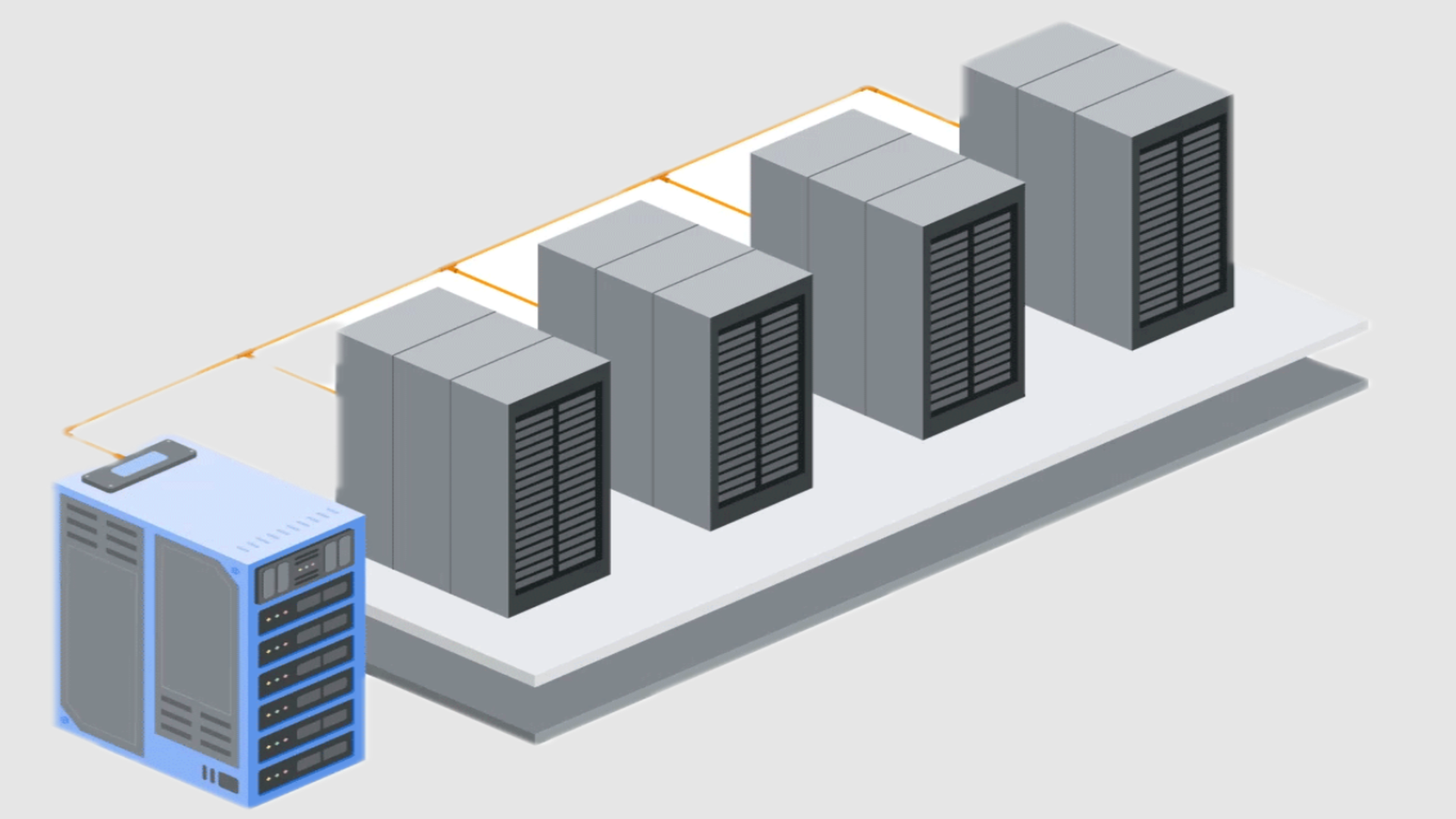They say the only constant in life is change. In the technology industry, that's only partially true. By building and fostering a series of constants, businesses can set themselves up to thrive in the long term, no matter what technological revolution we face next.
Organizations that implement fundamental engineering, architecture and operations practices can certainly weather times of change, having built the extensible IT infrastructure and processes to help them chart the necessary path forward. But what does it take to truly thrive in periods of uncertainty? The core attributes of the organizations I have seen most successful in maintaining engineering excellence not only balance but artfully combine a sense of high ambition and resilience, a culture of continuous learning, and authentic approaches to leadership.
Managing Vice President of Financial Technology, Capital One.
Cultivate high ambition and resilience through data
First, successful engineering organizations measure the right things and turn data into actionable insights and specific learning paths focused on skill development, growth, and career development. For example, if teams are slow to detect an incident with your application, it may be due to inadequate monitoring and alerting. If the cycle times are not on target, the engineer may be able to improve test automation skills. If cloud storage or cloud costs are unnecessarily high, perhaps the infrastructure was poorly designed or too complex.
In all of these cases, metrics and a test-and-learn approach should be integrated into the natural rhythms of the organization, so that data informs whether teams persist on the current path or shift toward different approaches. This continuous loop of retrospection and feedback can help leaders make impactful decisions, take action, and better support and coach their teams in the pursuit of excellence.
These data-driven insights are also key to identifying areas where engineers are spending time on manual or routine tasks, many of which could be alleviated with automation. Automation can be an incredibly powerful tool to help divert engineers' ability from these tasks to focus on more creative problem-solving and career-defining work. Machine learning and artificial intelligence (AI) have added fuel to this effort, enabling the automation of complex and time-consuming workflows and activities. With the bandwidth unlocked by automation, engineers can focus their attention on constant experimentation and innovation (which is an interesting prospect when working to solve challenging problems in financial services, for example).
Key performance indicators and data should also go beyond product performance. Implementing these metrics into an organization's talent and performance management routines can also help bolster organizational health, which is particularly important as leaders continue to raise the bar for talent. In my experience, it is these engineering best practices—measuring what matters, striving for excellence in those metrics, and supporting engineers to achieve ambitious goals—that are not only the framework for pursuing bold innovations, but are also the key to attracting and retaining. world-class talent teams.
Foster a growth mindset and culture of continuous learning
Simply put, great engineers want to work with other great engineers. They expect engineering excellence from the organizations they join (and stay in) because this high level of talent is the foundation for continually shipping products with meaningful results for the company and customers. For leaders of these high-performing organizations, the search for top talent is “always on.”
All engineering leaders, regardless of their experience level or career stage, must understand that their job also includes the continuous search for new personal skills and knowledge. Here, leaders must allocate time and capacity for all team members to pursue customized training, certifications, and mentoring to stay on the cutting edge of AI technology and skills. Establishing rituals such as “Invest Yourself Days,” where associates can take advantage of learning and professional development opportunities on non-meeting days, and creating access to easy-to-use learning centers with focused learning tracks are useful tactics for fostering growth mindset within any company. organization.
Lead with authenticity and search for truth
Finally, in addition to leveraging data to inform operations and create skill-building rituals and platforms for learning, leaders must invest in developing their teams' trust and sense of psychological safety by demonstrating healthy behaviors from the top. This means fostering an engineering culture that embraces change as an opportunity, where teammates feel comfortable seeking help in areas of weakness, and where they can accept failures or mistakes as learning opportunities.
It is important to not only reinforce achievements, but also honor and elevate discovered truths that help organizations or companies in a scalable and long-term way. By having difficult, honest conversations about gaps or failures in our systems and processes, we can foster a culture of individual success and a team mindset where the focus is on solving difficult problems for the greater good.
For me, the key to maintaining engineering excellence in a world of constant change is this three-pronged approach to leadership: using data to influence organizational rhythms and routines (the backbone), elevating passion for continuous learning and growth (the brain), and reinforce authenticity and the search for truth in work and interactions (the heart). When leaders possess all three (the spine, the brain, and the heart), they are well prepared to scale and lead large organizations over the long term.
We can survive change or thrive in it. We can achieve engineering excellence just once or continue to raise the bar. By instilling a culture of data-driven innovation, a growth mindset, and championing heart-centered leadership, technology executives can equip their teams to turn the complexity of change into a source of competitive advantage.
We list the best online courses and online class sites.
This article was produced as part of TechRadarPro's Expert Insights channel, where we feature the best and brightest minds in today's tech industry. The views expressed here are those of the author and are not necessarily those of TechRadarPro or Future plc. If you are interested in contributing, find out more here:









